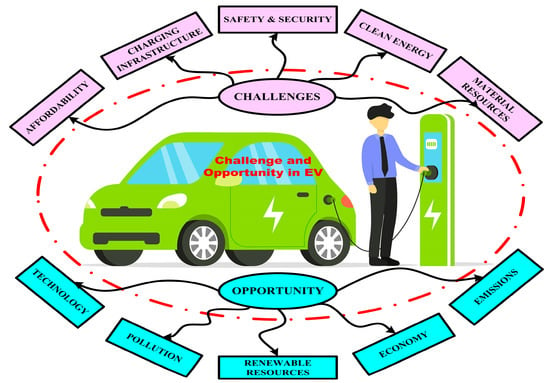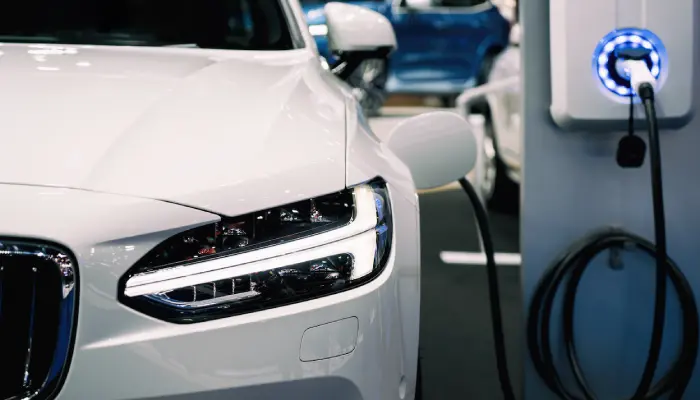EVs vs ICE: A Deep Dive Into Lifecycle Emissions
Mia Anderson
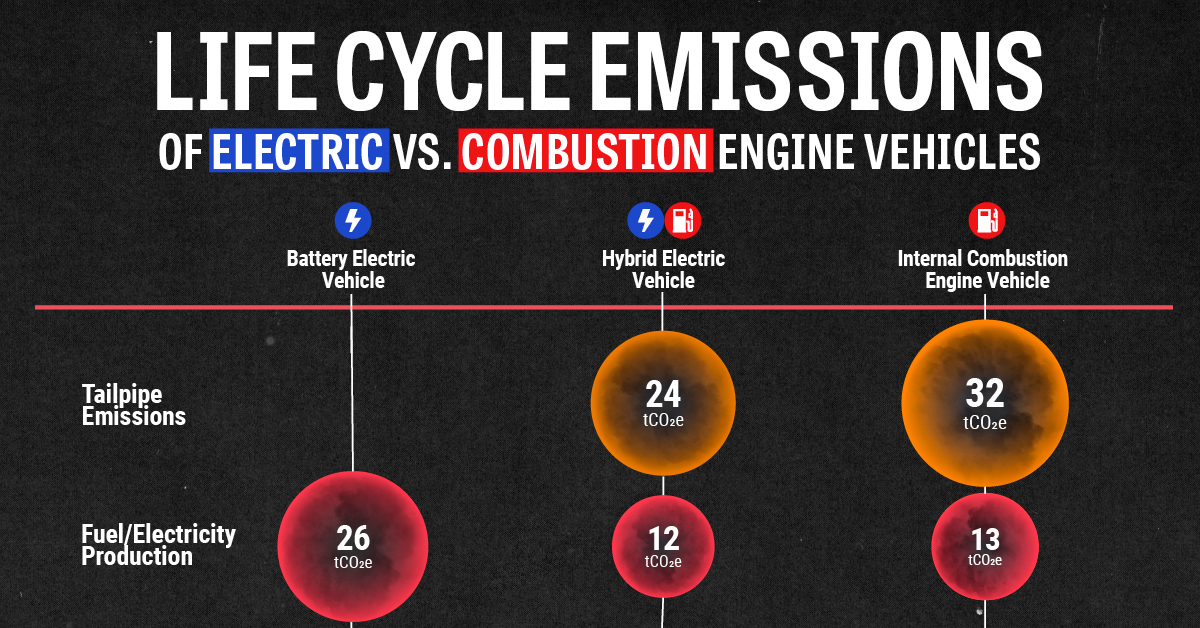
Photo: EVs vs ICE: A Deep Dive Into Lifecycle Emissions
Climate concerns have pushed the transportation industry under a microscope, fueling debates over electric vehicles (EVs) and internal combustion engine (ICE) cars. While regulatory bodies worldwide promote EV adoption through tax incentives and stricter emissions standards, many consumers remain uncertain about which option truly offers a smaller environmental footprint. Some argue that EV production generates substantial pollution, citing battery manufacturing as a primary culprit. Others emphasize that ICE vehicles are inherently less efficient and emit higher levels of carbon dioxide (CO2) over their operational lifetimes. This article delves into the lifecycle emissions of both EVs and ICE cars to determine which path ultimately leads to a greener future.
Background: ICE vs. EV
To fully appreciate the nuances between EVs and ICE cars, it is crucial to understand how each type of vehicle works. An internal combustion engine relies on burning fossil fuels namely gasoline or diesel to produce power. Meanwhile, EVs draw energy from rechargeable batteries that power an electric motor. However, the story does not end once the vehicles roll off the assembly line. Both production and daily operations contribute to overall emissions, and these contributions vary significantly between EVs and ICE cars.
- Fuel Source: ICE vehicles directly emit pollutants while running on gasoline or diesel. In contrast, EVs produce zero tailpipe emissions but depend on an electricity grid that may or may not rely on fossil fuels.
- Maintenance: Traditional engines require oil changes, exhaust system care, and fuel system upkeep, all of which can generate additional emissions. EVs, on the other hand, have fewer moving parts, thereby reducing maintenance-related pollution.
- Driving Range: EV range continues to improve. However, concerns regarding charging infrastructure persist, making the decision to switch from ICE to EV less straightforward for some consumers.
Lifecycle Emissions: The Real Picture
When comparing ICE cars with electric vehicles, many experts recommend examining emissions throughout a vehicle’s entire lifespan commonly referred to as lifecycle emissions. This assessment considers production, operation, and end-of-life disposal or recycling. A holistic view helps avoid oversimplified conclusions, such as labeling EVs “zero-emission” vehicles when the source of electricity might still originate from coal-powered plants.
Production Emissions
Battery vs. Engine
Production emissions often serve as a key argument in debates about the environmental impact of EVs. Manufacturing batteries, particularly lithium-ion batteries, involves energy-intensive processes and the extraction of raw materials like cobalt and lithium. These materials are mined in specific regions of the world, raising concerns about human rights and ecological damage. Furthermore, factories producing these batteries require large amounts of energy, which may come from coal or natural gas, depending on the region.
In contrast, ICE vehicle production involves building conventional engines and exhaust systems, which also require energy-intensive processes though typically less than those needed to create large EV batteries. Some studies indicate that battery manufacturing can generate higher initial greenhouse gas (GHG) emissions, making EVs start their life cycle at a seemingly disadvantageous point. However, as electricity grids become cleaner due to a shift toward renewables, the net impact of battery production may lessen over time.
Supply Chain Factors
Supply chain complexities further complicate the discussion. Transporting raw materials and semi-finished parts worldwide often relies on carbon-emitting freight ships, trucks, and airplanes. Both EVs and ICE vehicles incur these logistics-related emissions, highlighting the importance of localizing production where possible. Ultimately, examining the supply chain can reveal hidden contributors to total emissions, emphasizing why simply comparing tailpipe outputs rarely tells the whole story.
Operation Emissions: Driving the Future
The Impact of Fuel Sources
Once a vehicle is on the road, operational emissions take center stage. ICE cars release carbon dioxide, carbon monoxide, and various other pollutants through the combustion of gasoline or diesel. Over a decade or more of use, these emissions can accumulate significantly.
EVs, by comparison, produce no direct tailpipe emissions, but the electricity they use may come from fossil-fuel-dependent grids. In regions where coal is a dominant energy source, charging an EV contributes to greenhouse gas emissions indirectly. Nevertheless, global trends show a gradual transition toward cleaner energy wind, solar, and hydropower which can drastically reduce the overall impact of EV operation. This improvement stands in contrast to ICE cars, which rely on fossil fuels that remain major contributors to global warming.
The Role of Efficiency
Another factor to consider is energy conversion efficiency. Electric motors tend to convert a higher percentage of electrical energy into power at the wheels compared to internal combustion engines converting fuel into motion. This efficiency can offset some of the higher production emissions of EVs. Over the vehicle’s lifespan, better energy usage lowers the total carbon footprint.
Disposal and Recycling: End-of-Life Considerations
Both EVs and ICE cars eventually reach a point where they must be retired. During this stage, disposal and recycling practices can either mitigate or exacerbate environmental harm. Traditional cars contain various metals and plastics that can be recycled or discarded. Meanwhile, EVs contain sizeable battery packs, which require specialized recycling techniques.
Battery Recycling Innovations
Fortunately, the technology and infrastructure for battery recycling continue to improve. Some companies now repurpose EV batteries for energy storage solutions once the batteries no longer meet automotive standards. By giving batteries a second life in stationary energy storage, fewer raw materials need to be extracted. Additionally, recovering valuable metals like nickel, cobalt, and lithium reduces the need for new mining operations.
Critical Perspective: Are EVs Always Better?
While EVs hold significant potential for lowering greenhouse gas emissions, it would be shortsighted to claim they are the perfect solution in every situation. For instance, if an EV relies on an electricity grid dominated by coal, its advantage over an efficient hybrid or low-emission ICE car can be marginal. Furthermore, remote regions with limited charging infrastructure may see an ICE vehicle as a more practical choice despite the potential environmental drawbacks.
There are also environmental and ethical concerns related to raw material extraction for batteries. The mining of cobalt, often in countries with lax labor regulations, raises questions about the human cost of transitioning to greener transportation. Although technology giants and car manufacturers are investing in more sustainable mining practices, progress remains uneven. Consequently, consumers weighing EV vs. ICE must consider factors beyond mere tailpipe emissions.
Conclusion: Finding the Right Balance
The debate over EVs vs. ICE cars cannot be boiled down to a single statistic or a one-size-fits-all statement. Instead, it is a complex calculation of production emissions, operational efficiency, energy sources, and end-of-life processes. While EVs typically demonstrate lower lifecycle emissions than their gasoline or diesel counterparts especially as grids move toward renewables certain scenarios might challenge this outcome. Nonetheless, the broader global trend leans strongly in favor of EVs, given ongoing improvements in battery recycling, cleaner energy production, and infrastructure development.
From an environmental standpoint, adopting EV technology appears promising in the long run, though it is not a panacea. Critical thinking about the entire supply chain, ethically sourced materials, and equitable access to cleaner energy will be pivotal. As a prospective car buyer, understanding the region’s power sources, the availability of charging stations, and the specifics of battery disposal practices can help in making an informed decision. Balancing practicality with sustainability is key to ensuring that our current choices do not compromise the planet for future generations.
Marketing
View All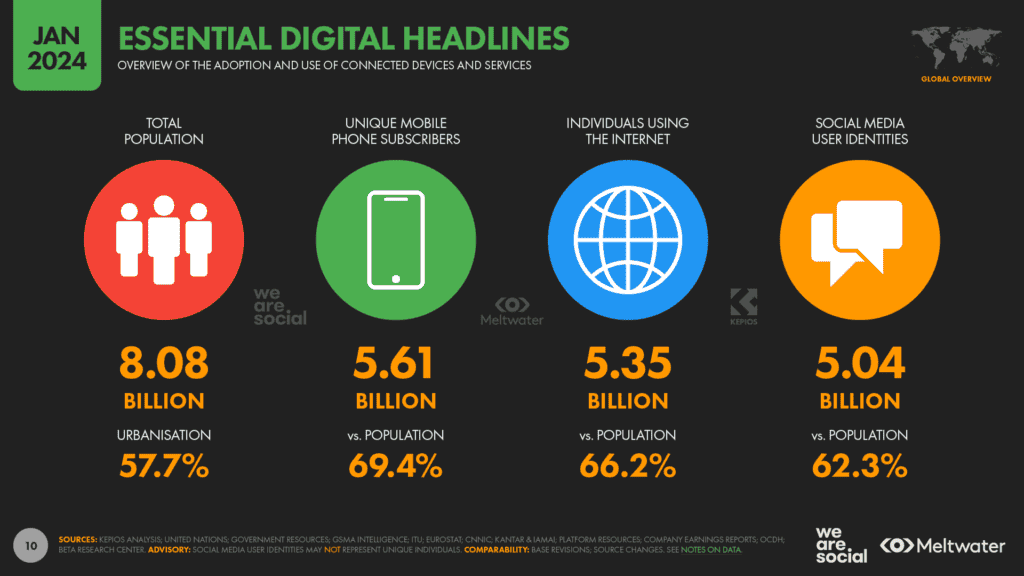
January 23, 2025
Social Media in Digital Marketing 2024Learn how social media is revolutionizing digital marketing in 2024. Boost your brand with actionable tips for viral campaigns!
Mia Anderson

January 23, 2025
10 Content Strategies for Digital SuccessCreate winning content with these 10 proven digital marketing strategies. Enhance engagement and conversions starting today!
Mia Anderson
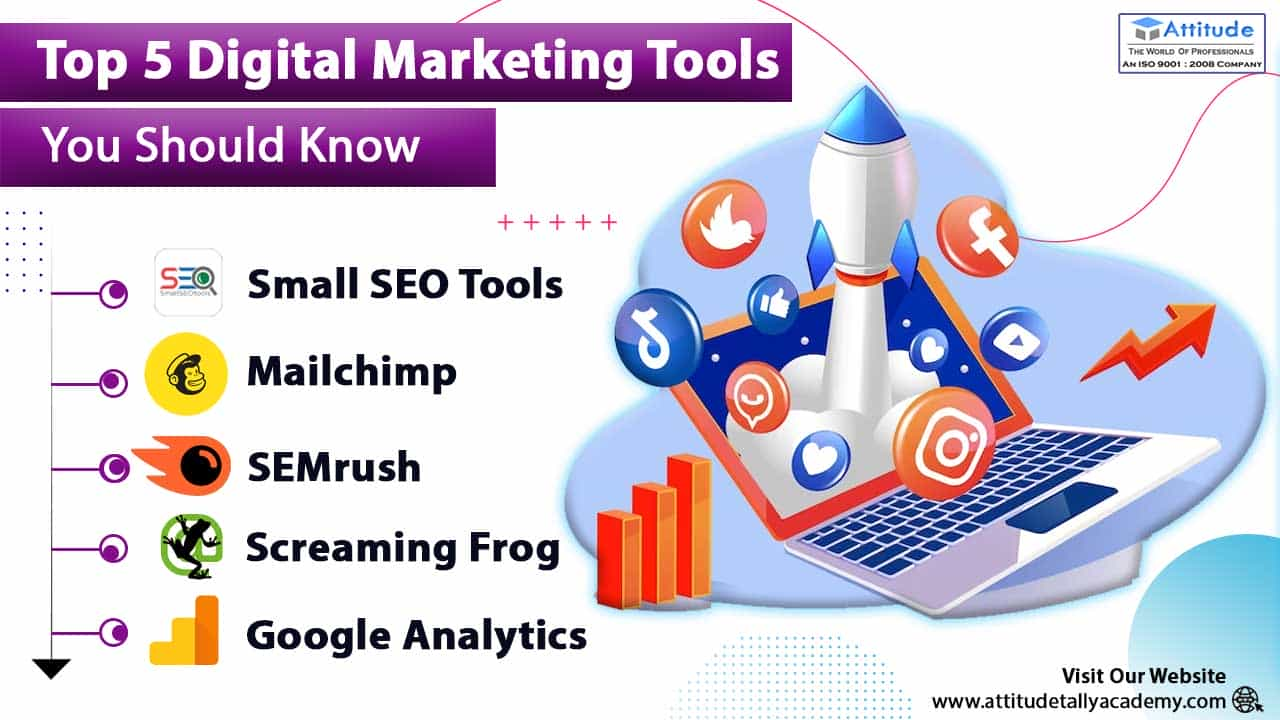
January 20, 2025
5 Best Digital Marketing Tools for GrowthUncover the top 5 digital marketing tools every marketer needs. Boost efficiency, drive results, and streamline your campaigns now!
Mia Anderson
Entertainment
View AllDiscover the fascinating history of superhero movies, from early adaptations to modern blockbusters. Uncover surprising facts and insights click to explore!
Mia Anderson
Unlock the secrets to going viral on TikTok with these 2024 strategies. From trend-spotting to unique twists, learn how to boost your visibility and engagement. Start creating viral content today!
Mia Anderson
Learn the key steps to start a YouTube channel in 2024, from content strategy to monetization. Click here for expert advice and actionable tips!
Mia Anderson
Discover the latest tips and trends for making a short film in 2024. Learn from experts and get started on your cinematic journey today!
Mia Anderson
Automotive
View AllExplore the growth of residential EV charging solutions, from home setups to energy-efficient charging options.
Read MoreDiscover the latest innovations in lightweight materials for EVs. How do these advancements improve performance and efficiency?
Read MoreDiscover real-world experiences of long-distance EV travel. Learn how EV owners tackle range anxiety and plan road trips.
Read MorePolular🔥
View All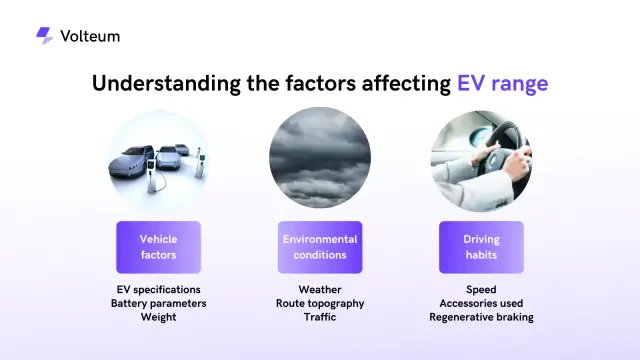
1
2
3
4
5
6
7
8
9
10
Technology
View All
September 12, 2024
Comprehensive Machine Learning Tutorial for Beginners
Master machine learning with our detailed tutorial. Learn the fundamentals and advance your skills today. Start your journey into AI now!

August 13, 2024
The Top SOC 2 Compliance Companies: Securing Your Data
Discover the leading SOC 2 Compliance companies and learn how they can help protect your organization's sensitive data. Click to explore the best options for safeguarding your business.

December 17, 2024
The Best Tech Gifts for 2024 – Shop Before They Sell Out!
Find the perfect tech gifts for everyone on your list! Click to explore the hottest gadgets and shop before they're gone.
Tips & Trick






